- Home
- Machining techniques
- CNC Machining Services
- Cooperative supply services
- Designs
- Materials
- Finishing Services
- Shop
- Products
- Guide
- About Us
- Contact Us
2021.9.7
The material to work with will affect the selection of the manufacturing process and the performance of the final products. The development of production technologies, machines, and tools assist the application of more and more new materials. Here we’ll focus on four main categories of manufacturing materials, featuring traditional materials and engineering materials for new industries.
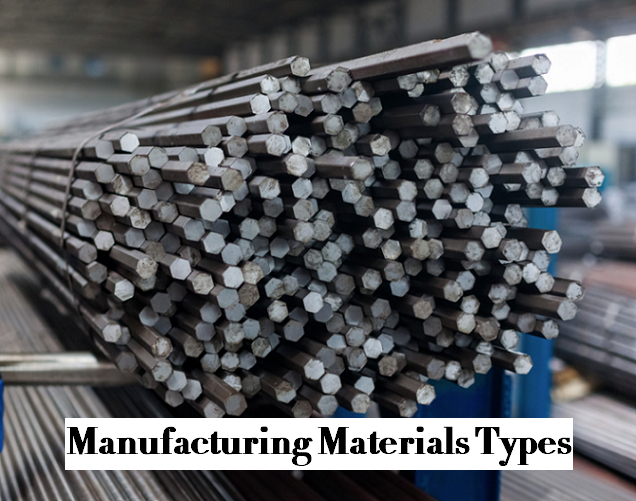
The majority of materials used in the manufacturing industry fall into one of three broad categories: metals, ceramics, or polymers. Their mechanical and physical characteristics vary, which has an effect on the manufacturing techniques that may be utilized to create the products. Along with the three fundamental categories, there is another type of material – composites, which are nonhomogeneous combinations of the other three fundamental categories rather than a single category.
1. Metals
Metals used in manufacturing are often alloys made up of two or more elements, at least one of which is metallic. Metals and alloys are classified into two fundamental categories: ferrous and non-ferrous ferrous metals.
– Ferrous metals are composed of iron and include steel and cast iron. While pure iron has limited economic use, when combined with carbon, it has more applications and commercial value than any other metal. Iron and carbon alloys are used to make steel and cast iron. Steel is an iron-carbon alloy containing between 0.02 and 2.11 percent carbon. Cast iron is an alloy comprising between 2% and 4% iron and carbon that is used in casting. These metals are popular due to their tensile strength and durability. Carbon steel is the main material in the construction industry and is used for the tallest skyscrapers and the longest bridges. Ferrous metals are also used in containers, industrial pipelines, automobiles, railway tracks, and many commercial and household tools.
– Non-ferrous metals are metals or alloys that do not include significant quantities of iron. Non-ferrous metals, which are often more expensive than ferrous metals, are utilized because of desired characteristics such as reduced weight, better conductivity, non-magnetic property, or corrosion resistance. There are several non-ferrous materials, which include every metal and alloy that does not include iron. Aluminum, copper, lead, nickel, tin, titanium, and zinc are examples of nonferrous metals, as are copper alloys such as brass and bronze.
2. Ceramics
Ceramics refer to a material composed of metallic, semi-metallic, and nonmetallic components. Ceramics are classified as crystalline ceramics and amorphous solids (glasses). Traditional ceramic raw materials include clay minerals such as kaolinite, modern ceramics including silicon carbide and tungsten carbide.
– Crystalline ceramics: typically made from powders and then burned at temperatures below the melting point to achieve bonding between the particles.
– Glass: the term glass is contrasted with the crystalline state in ceramic technology, and it is referred to as a “super-cooled liquid”, glass can be melted and cast, and then shaped using classic glassblowing techniques. When crystalline materials form, the molecules have the option to orient themselves in the chosen pattern during freezing, whereas the random orientation of molecules is locked into the solid in the glass. Glass is the preferred structure in ceramics, and it develops spontaneously due to the quick cooling cycles. Cooling cycles in nature are sluggish, and rock crystallizes as a result of the extended lengths of time it has to cool.
3. Polymers
A polymer is a substance composed of repeated structural units called mers, the atoms of which share electrons to build extremely massive molecules. Carbon is frequently combined with one or more additional elements such as hydrogen, nitrogen, oxygen, and chlorine to form polymers. Thermoplastic polymers, thermosetting polymers, and elastomers are the three types of polymers.
– Thermoplastic polymers can be subjected to multiple heating and cooling cycles without substantially altering the molecular structure of the polymer, common thermoplastics include polyethylene, polystyrene, polyvinyl chloride, and nylon.
– Thermosetting polymers chemically transform into a rigid structure upon cooling from a heated plastic condition. Members of this type include phenolics amino resins and deep oxys. although the name thermosetting is used some of these polymers cure by mechanisms other than heating. – Elastomers are polymers that exhibit significant elastic behavior, they include natural rubber, neoprene silicone, and polyurethane.
4. Composite
A composite material is made up of two or more phases that are treated independently and then bonded together to obtain characteristics superior to those of their parts. The term phase refers to a uniform mass of material, such as an aggregation of grains with similar unit cell structures in a solid substance. The typical structure of a composite is made up of particles or fibers from one phase combined with a matrix from a second phase. Composite materials are present in nature, such as wood, and maybe synthesized synthetically. The properties of composite material are determined by its constituents, their physical forms, and the manner they are mixed to produce the final substance. Certain composites combine high strength and light weight, making them ideal for applications such as aircraft components, automobile bodies, boat hulls, tennis rackets, and fishing rods. Other composites are strong and hard, with the ability to maintain these properties at elevated temperatures, such as cemented carbide cutting tools. Metal matrix composites, ceramic matrix composites, and polymer matrix composites are the three kinds of composites.
– Metal matrix composites: a metallic matrix and a dispersed phase make up metal matrix composites. MMCs are created by distributing a reinforcing substance across a metal matrix. Aluminum-based composites, magnesium-based composites, titanium-based composites, copper-based composites, and super alloy-based composites are the most widely utilized metallic matrix composites.
– Ceramic matrix composites are made up of a ceramic matrix and additional materials incorporated in it. Both the fibers and the matrix can be made of any ceramic material, with carbon and carbon fibers also qualifying as ceramic materials. CMCs are frequently utilized in the aerospace and energy industries.
– Polymer matrix composites: polymer matrix composites are made up of a range of short or continuous fibers that are held together by an organic polymer matrix. PMCs are intended to transmit loads between matrix fibers. Thermosets and thermoplastics are two kinds of polymers that are utilized as matrix resins in the production of composites.
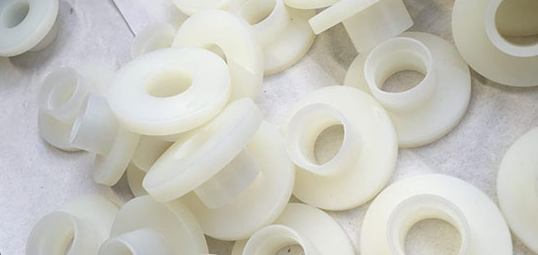 Surface Modification of Carbon Fiber Based On Nylon Composites
Surface Modification of Carbon Fiber Based On Nylon Composites
 Polyamide Vs. Nylon Vs. Polyester: Properties, Uses, Advantages & Disadvantages
Polyamide Vs. Nylon Vs. Polyester: Properties, Uses, Advantages & Disadvantages
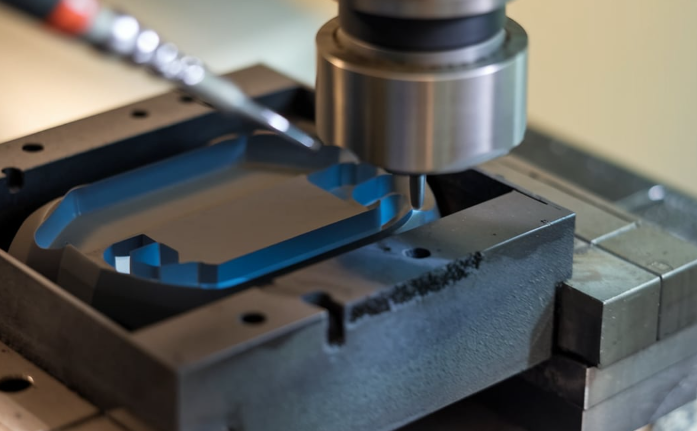 What Is Glass Filled Nylon – PA GF Material Properties, Pros, Cons, Uses & Glass Filled Nylon vs Nylon
What Is Glass Filled Nylon – PA GF Material Properties, Pros, Cons, Uses & Glass Filled Nylon vs Nylon
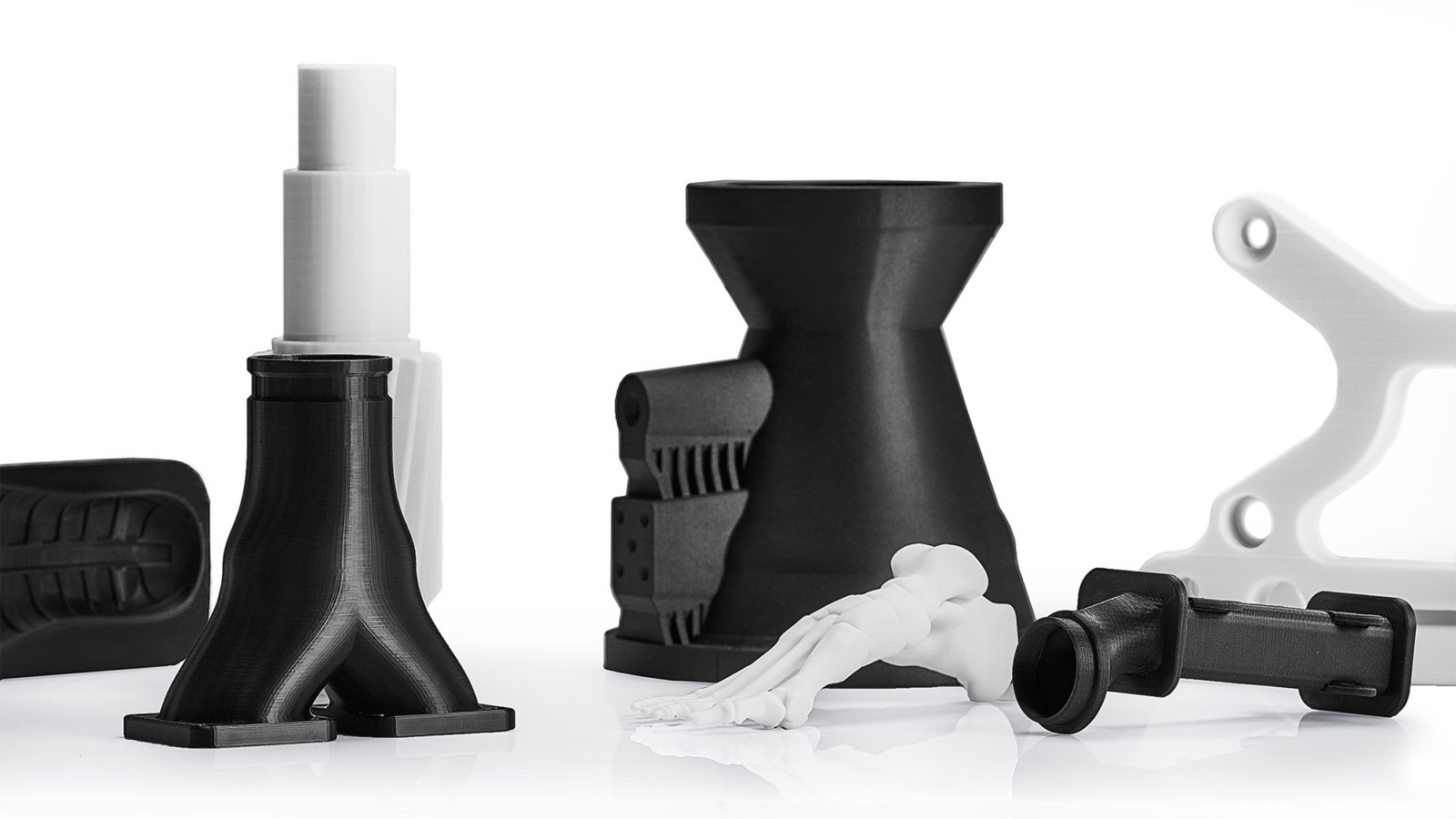 3D Printing Material Guide – The Advantages of Using Fiber Fillers in 3D Printing
3D Printing Material Guide – The Advantages of Using Fiber Fillers in 3D Printing
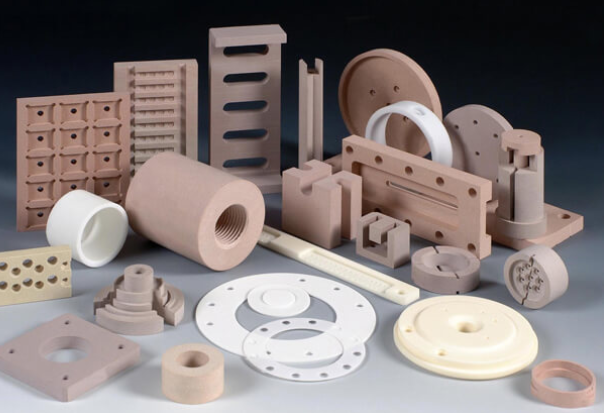 Processing Methods Of CNC Machining For Ceramic & Ceramic Rod
Processing Methods Of CNC Machining For Ceramic & Ceramic Rod
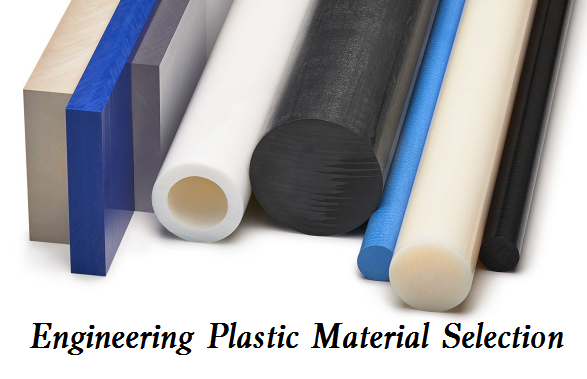 Engineering Plastic Material Selection: What Properties & Factors to Consider
Engineering Plastic Material Selection: What Properties & Factors to Consider
